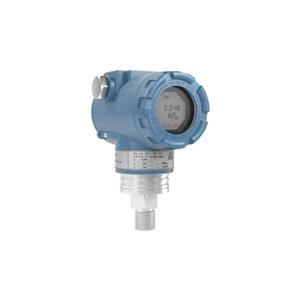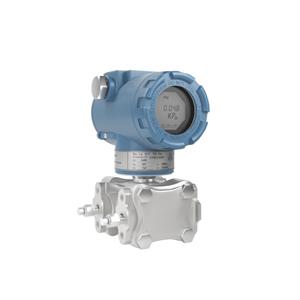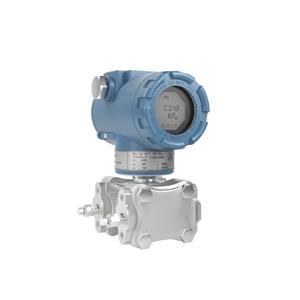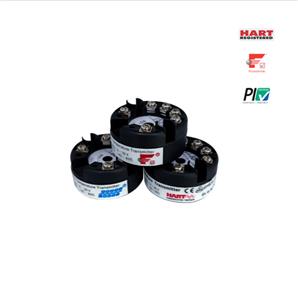Technical requirements for installing pressure transmitter
Microcyber pressure transmittermanufacturers remind users to read the product sample and instruction manual carefully before installing and using the pressure transmitter, and the pressure interface must not leak during installation to ensure that the range and wiring are correct. The shells of pressure sensors and transmitters generally need to be grounded, signal cables must not be mixed with power cables, and strong electromagnetic interference should be avoided around the sensors and transmitters. Sensors and transmitters should be periodically verified in accordance with industry regulations.
Common failure analysis and treatment methods of capacitive pressure transmitters The sensitive parts of capacitive pressure transmitters are all welded, and the electronic circuit parts are wave welded and connector installation methods. The overall structure is sturdy and durable, with few failures. For the vast majority of users, if a sensitive component is found to be faulty, it is generally impossible to repair it by itself, and the manufacturer should contact the manufacturer to replace its integral component.
Inspect the measuring part of the transmitter. Failures in the measuring part of the transmitter will cause the transmitter to have no output or abnormal output. Therefore, the measurement sensitive parts of the transmitter should be checked first. Remove the flange and check whether the sensitive part isolation diaphragm is deformed, damaged or oil leakage occurs. Remove the compensation board, do not take out the sensitive parts, and check the insulation resistance of the plug-in housing. When the voltage does not exceed 100V, the insulation resistance should not be less than 100MΩ. Connect the circuit and the gas circuit. When the pressure signal is at the upper limit of the range, turn off the gas source, and the output voltage and reading value should be stable. If the output voltage drops, it means that the transmitter is leaking, and soapy water can be used to check the leak.
Inspection of the transmitter circuit part. Turn on the power supply. After the input pressure signal is given, check the status of the voltage signal at the output terminal of the transmitter. If there is no output voltage, first check whether the power supply voltage is normal; whether it meets the power supply requirements; whether there are wiring errors between the power supply, the transmitter and the load equipment. If there is no voltage on the transmitter wiring terminal or the polarity is reversed, it can cause the transmitter to have no voltage signal output. To eliminate the above reasons, you should further check whether the components in the amplifier board circuit are damaged; whether the circuit board connectors have poor contact, you can compare the measured voltage of the normal instrument with the measured voltage of the faulty instrument to determine the fault If necessary, replace the faulty amplifier board. When inspecting the flow transmitter, special attention should be paid to anti-static measures for the J-type amplifier board.
Turn on the power supply, after a given input pressure signal, if the transmitter output is too high (greater than 10VDC), or the output is too low (less than 2.0VDC), and there is no response when the input pressure signal is changed and the zero point and span screws are adjusted. . For this kind of failure, in addition to checking whether the sensitive parts of the transmitter measuring part are abnormal, check whether the "oscillation control circuit part" on the transmitter amplifier board is working properly. The normal peak voltage between high frequency transformer T1-12 should be 25~35VP-P; the frequency is about 32kHz. Secondly, check the working condition of each operational amplifier on the amplifier board; whether the components of each part are damaged or not. Such failures require replacement of the amplifier board. The transmitter has very strict requirements on circuit design and process assembly quality. In actual use, it is best to contact the manufacturer to replace the faulty circuit board after checking and confirming the circuit failure in actual use to ensure the long-term stability of the instrument. And reliability.
On-site fault check The faults on the construction site are mostly caused by improper use and installation of the pressure sensor, which can be summed up in several aspects.
1. The primary component (orifice plate, remote measuring connector, etc.) is blocked or installed in the wrong way, and the pressure point is unreasonable.
2. Leakage or blockage of the pressure pipe, residual gas in the filling pipe or residual liquid in the inflation pipe, deposits in the process flange of the transmitter, forming a measurement dead zone.
3. The transmitter wiring is incorrect, the power supply voltage is too high or too low, and the connection between the indicator head and the meter terminal is poor.
4. The installation is not strictly in accordance with the technical requirements, and the installation method and on-site environment do not meet the technical requirements.
The above pressure sensor and transmitter failures will cause the transmitter to output abnormally or measure inaccurately, but after careful inspection, use and install in strict accordance with the technical requirements, take effective measures in time, the problem can be eliminated, and the problem can not be dealt with. In case of failure, the transmitter should be sent to the laboratory or manufacturer for further inspection.




